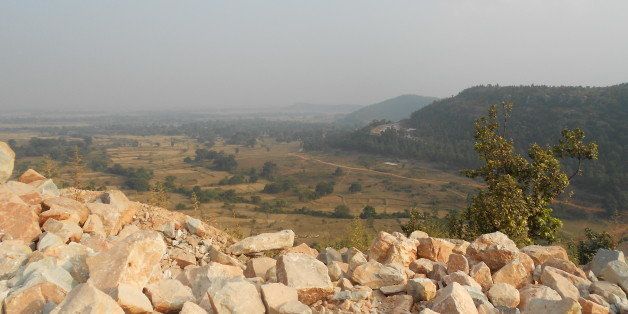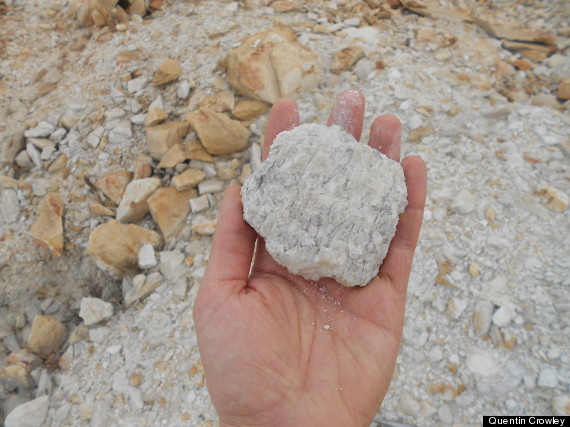
It may be time to rewrite geology textbooks.
Geologists say they've found evidence that oxygen-producing life existed on Earth some 3.02 billion years ago--60 million years earlier than previously thought.
"This is a very exciting finding, which helps to fill a gap in our knowledge about the evolution of the early Earth," Dr. Quentin Crowley, an assistant professor in the School of Natural Sciences at Trinity College Dublin and the senior author of a paper describing the new finding, said in a written statement released by the university.
By adding oxygen to our atmosphere, early life forms set the stage for the evolution and proliferation of the more complex multicellular life forms now seen on Earth.
The geologists--working with colleagues from Presidency University in Kolkata, India--reached their conclusion after analyzing ancient soil, or paleosol, collected in eastern India. The analysis showed that the "chemical weathering" in the paleosol indicated that the elevated oxygen levels were present earlier than previously thought.

Sample of 3.02-billion-year-old paleosol.
The weathering could only have come about via photosynthesis, the researchers said. That's the process by which plants and certain organisms use light energy to convert carbon dioxide into oxygen and water.
What kind of life forms produced the elevated oxygen levels seen in the paleosol? Probably bacteria.
"Plants, even simple plants, did not evolve until much later in the geological record," Crowley told The Huffington Post in an email, adding that the finding shows that "we are still learning about 'deep time' and evolution of the early Earth system."
A paper describing the research was published online in the journal Geology on August 28, 2014.

